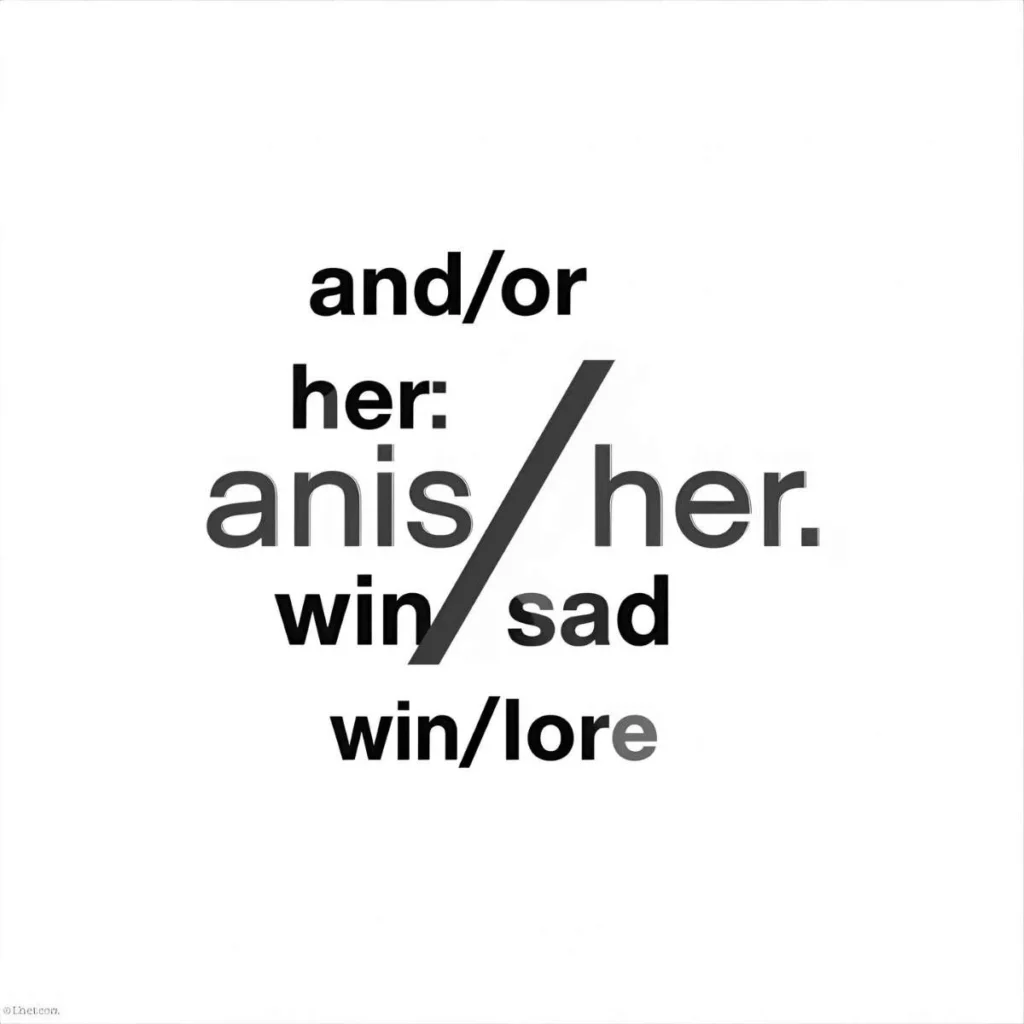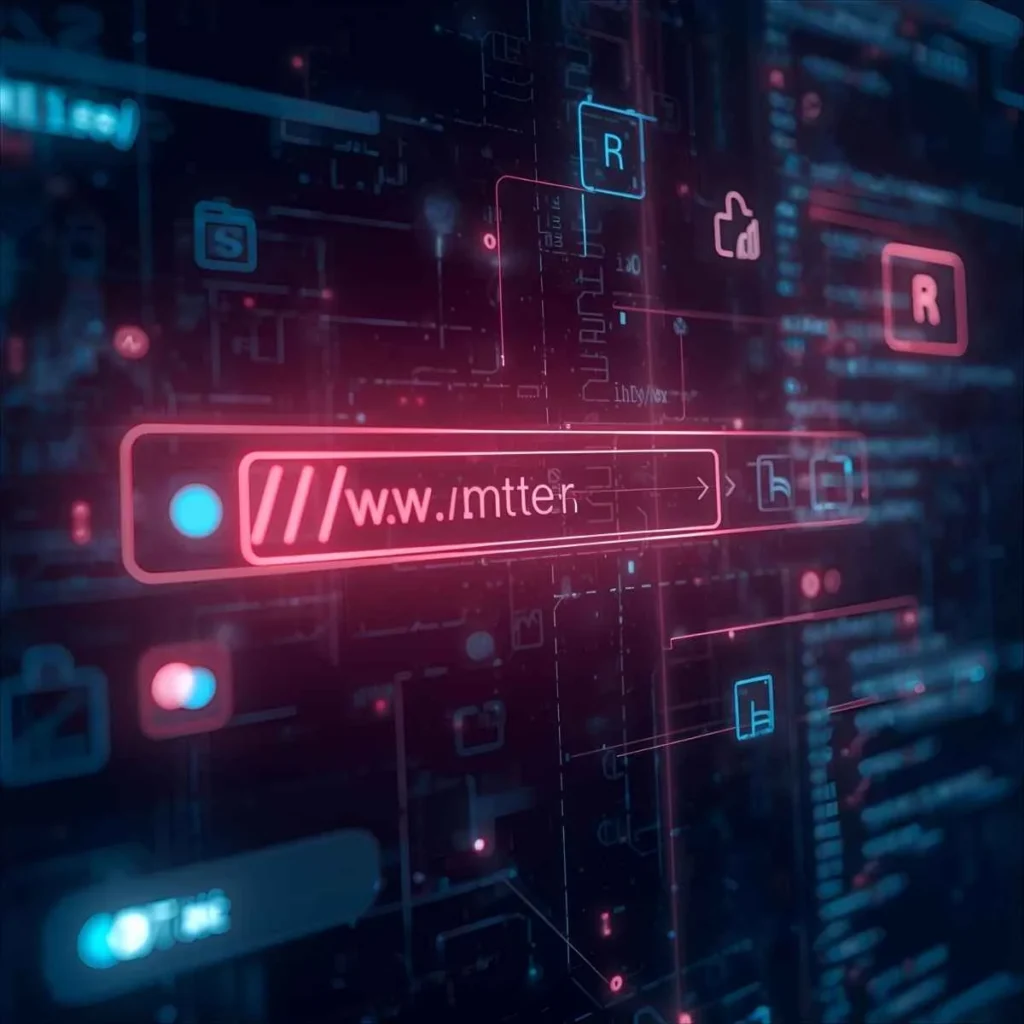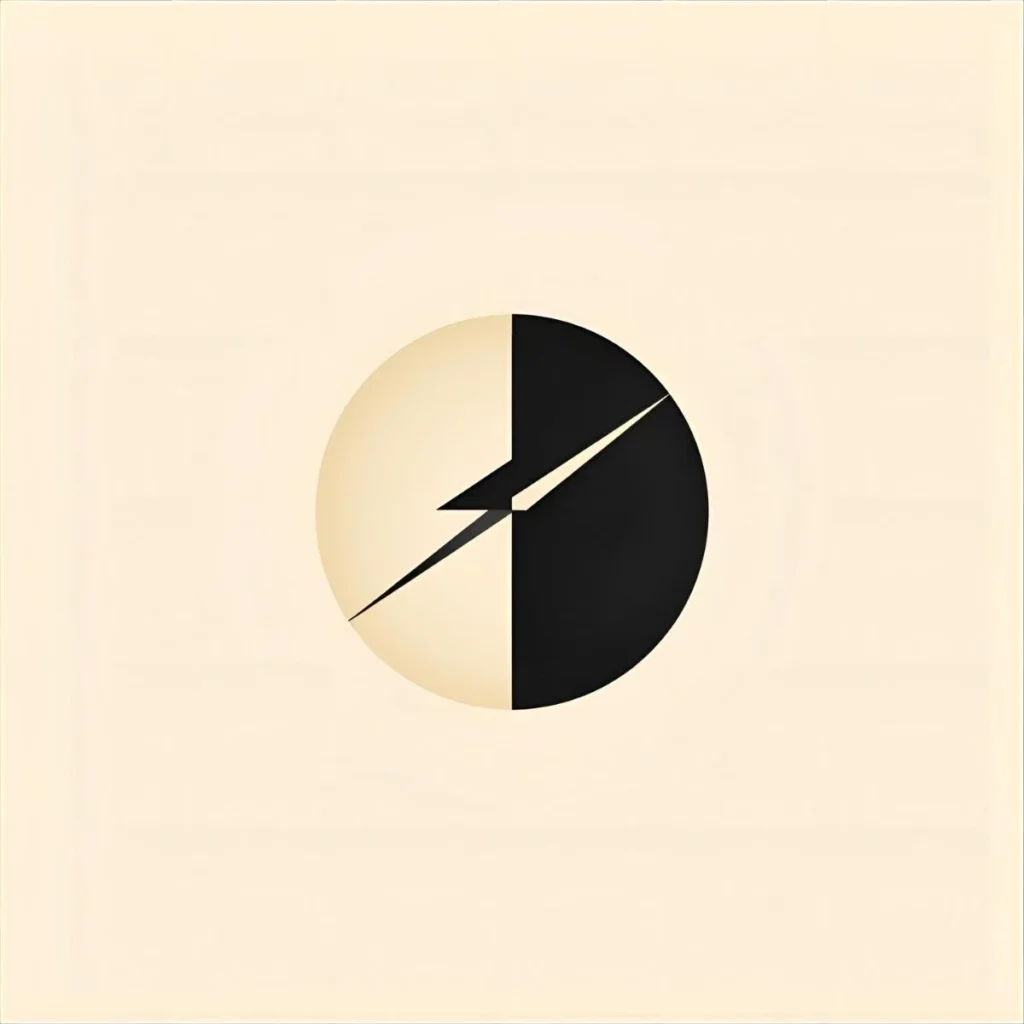The “/” symbol, known as the forward slash, is one of the most versatile marks in English. Whether it’s separating words, showing choices, or building website addresses, this diagonal line is far more powerful than it appears.
Used in grammar, writing, and digital language, the forward slash represents connection, division, and balance all at once. It’s a bridge that links ideas together while keeping them distinct — a symbol of both separation and unity.
In this guide, we’ll explore the true meaning of “/”, its role in English, and how it evolved from handwritten scrolls to modern online culture.
🔤 The Basic Meaning of “/” in English
In English writing, the forward slash helps show alternatives, relationships, or combined ideas. It’s a punctuation mark that simplifies expression and adds clarity.
Here are some common uses:

- “and/or” – means both or either one
- “his/her” – represents gender options
- “win/lose situation” – shows two opposite outcomes
The slash acts like a connector between related terms. Instead of writing long phrases like “each boy and each girl,” we can simply say “each boy/girl.”
It’s concise but meaningful — a quick way to communicate dual options or joint concepts without confusion.
In casual writing, this style has become natural and widely accepted. The forward slash saves time and space while keeping meaning intact — something Google’s language models and helpful content algorithms value for clarity and user intent.
Pineapple Symbol Meaning: From Hospitality to Modern Messages
💻 The Slash in Technology and the Internet
In today’s world, you’ll see “/” more often on a screen than on paper. It’s a core part of the internet’s structure — essential for navigation, coding, and web addresses.
Examples include:

- URLs:
https://www.google.com/search/ - File paths:
/Users/Documents/text.txt - Programming: separating folders or commands (
cd /home/user)
This small symbol organizes vast digital systems. Every forward slash tells the computer what folder or directory to open next. Without it, websites and file structures wouldn’t work.
The backslash (), by contrast, appears mainly in coding or Windows systems. It has a similar look but serves a different purpose. The forward slash (/) remains universal for URLs, UNIX systems, and modern web syntax.
Its evolution from handwritten marks to essential code shows how symbols adapt to human technology — proof that language never stops evolving.
🧠 Symbolic and Cultural Meaning of “/”
Beyond grammar and computers, the forward slash carries deeper symbolic meaning. It represents duality, choice, and harmony between opposites.
For example:

- “artist/designer” implies someone who embraces two creative identities.
- “teacher/mentor” shows layered roles.
- “yes/no” or “love/hate” express balanced contrasts.
The “/” visually divides yet connects — it’s both a separator and a unifier. This simple symbol mirrors real human experience: we often live between roles, ideas, or emotions.
✍️ Everyday Use of “/” in Modern Communication
The slash has become a favorite in texting, casual writing, and social media because it keeps things short and clear. It’s part of everyday digital slang that feels fast and natural.
Common abbreviations:
- w/ = with
- w/o = without
- n/a = not applicable
- b/f = boyfriend
Example messages:
“Going w/ friends tonight.”
“Coffee w/o sugar please.”
In quick texts or captions, the forward slash gives structure to informal tone. It helps express meaning without breaking rhythm.
Its flexibility shows how English adapts — grammar bending around real human needs. The “/” keeps communication efficient, emotional, and conversational — the same principles that modern algorithms reward as authentic, high-quality writing.
📜 Historical Background of the Slash
The slash’s story begins long before the internet. In ancient manuscripts, it was used to mark a pause or separation in text. Medieval scribes drew a diagonal line to divide thoughts — a practice that predated commas and full stops.
By the Renaissance, printers standardized this into the solidus, which evolved into the modern slash.
In the 20th century, typewriters and computers turned it into a functional tool for math, programming, and online structure.
That history reveals something profound: even as communication moves from parchment to pixels, symbols persist because they work. They carry experience and adaptability — the foundation of every strong language system.
💬 Common Usage Examples
Here’s how “/” commonly appears in English and technology:
- Dates: 10/22/2025
- Fractions: 1/2, 3/4
- Abbreviations: c/o (care of)
- Paired terms: male/female, input/output, yes/no
Each use reflects the same concept — a relationship or division between two related parts.
It’s a small mark that organizes massive meaning — clarity in one stroke.
❓FAQs
Q1. What does “/” mean in English writing?
It’s a punctuation mark called a slash or forward slash, used to show alternatives or relationships between ideas.
Q2. How is “/” different from “\”?
The forward slash (/) is used in writing and websites, while the backslash () appears in programming and Windows file paths.
Q3. What’s the purpose of “/” in text messages?
It shortens words like “with” (w/) or “without” (w/o) — perfect for quick, casual writing.
Q4. Why is the forward slash used in URLs?
It separates parts of a web address, helping browsers locate specific pages or directories.
Q5. What’s the symbolic meaning of the slash?
It represents balance, connection, and duality — two sides existing in harmony.
🕊️ Conclusion: The Slash as a Bridge Between Meanings
The forward slash ( / ) may be a tiny mark, but it carries centuries of linguistic, symbolic, and digital weight. It divides yet connects, organizes yet expresses, and represents how language evolves to match human creativity.
From grammar and poetry to coding and culture, “/” remains a symbol of clarity and connection. Its adaptability and balance mirror the qualities that make great content — human, precise, and meaningful.
Whether you’re typing a URL, simplifying a sentence, or designing a logo, remember: that single slash is more than punctuation — it’s the line between expression and understanding.

James Joyce was a master of symbolism and consciousness, weaving deep spiritual and psychological layers into modern literature. His writings uncover the sacred within the ordinary, exploring how meaning and divinity flow through human thought, memory, and experience.



